Gram-positive rods
Gram-positive bacteria include cocci (staphylococci and streptococci), bacilli/rods (clostridium, diphtheria, listeria, and bacillus) and filamentous bacteria (actinomyces and Nocardia). In this article, we will focus mainly on the gram-positive rods which are also known as gram-positive bacilli and gram-positive filamentous bacteria.

Diagram 1. Gram-positive cocci, bacilli/rods, and filamentous (not included here) bacteria
Clostridium
- Number of bacteria that can
- Form spores
- Are obligate anaerobes (cannot live in environments that have oxygen)
- Synthesize toxins
- Clostridium tetani
- Spores found in the soil
- Classically after a penetrating injury
- Presentation
- Tetanospasmin travels to the spinal cord and creates overstimulation of the nerve cells = spasms, muscle contractions
- Trismus = lockjaw as shown below
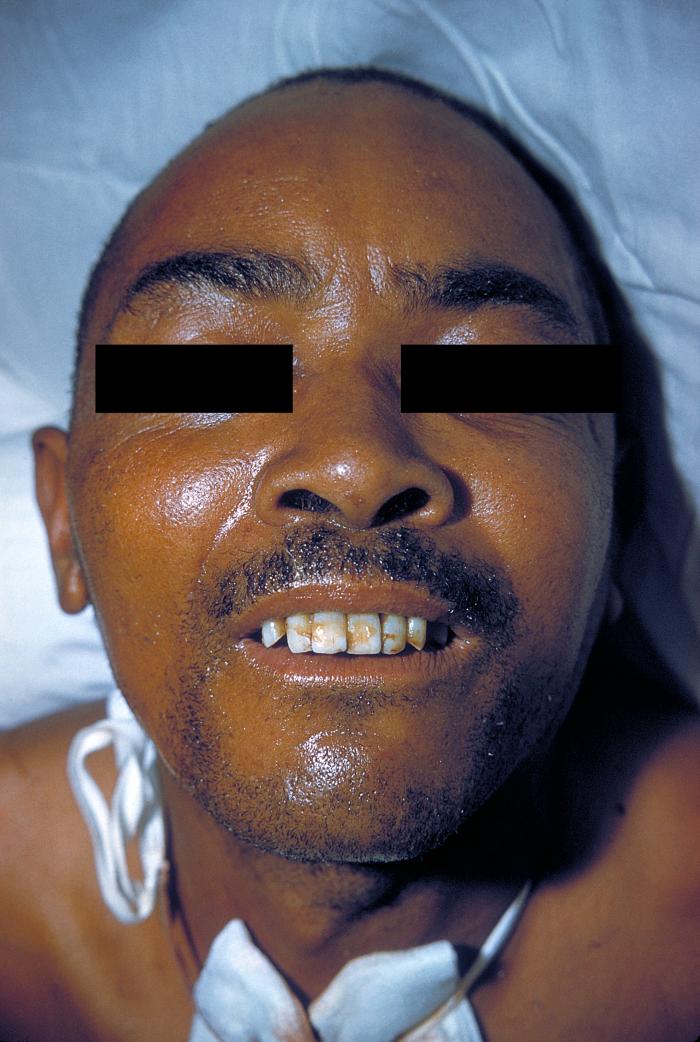
- Treatment
- Clean and debride the wound
- Metronidazole - not very helpful
- Tetanus immune globulin
- Benzodiazepines and neuromuscular blockers can stop the contractions
- Vaccine
- Preventative
- Made from the tetanus toxoid
- Clostridium difficile
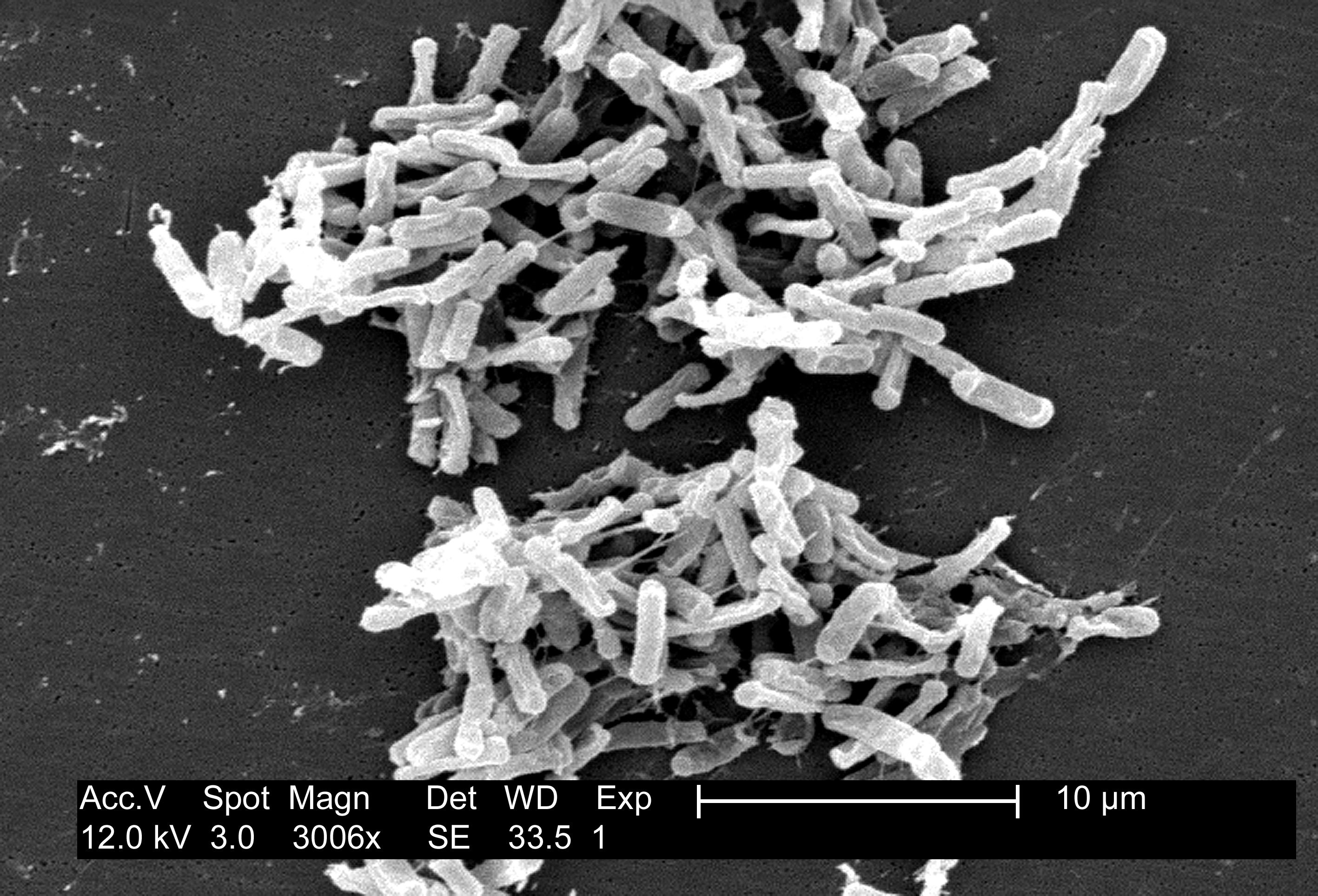
- Commonly causes severe diarrhea after antibiotic use
- Spores in the soil and on plants
- Ingestion does not lead to infection
- Produces several toxins
- Presentation
- Severe diarrhea after antibiotics use
- Pseudomembrane sometimes seen on endoscopy
- Diagnosis
- Stool samples are analyzed for the toxins
- Treatment
- Metronidazole
- Oral Vancomycin
- Surgery rarely done
- Fecal microbiota transplantation
- Clostridium botulinum
- Found in soil and plants
- "Botox" is the toxin that is harvested from this bacteria and used for cosmetic purposes
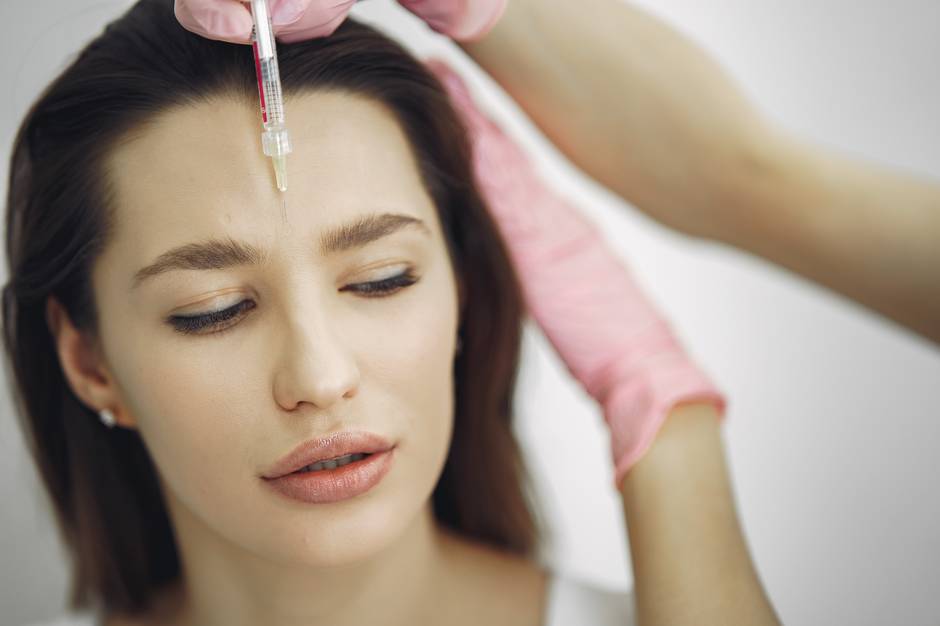
- Survive up to 100 C
- Prevents acetylcholine release = flaccid paralysis
- Adults usually get it from undercooked food
- Infants can get sick from spores = don't give honey to infants
- Both adults and kids can get it in their wounds
- Presentation - muscles of had and neck affected - 3Ds
- Diplopia
- Dysphagia
- Dysphonia
- Diagnosis
- Stool toxin detection, mostly a clinical diagnosis
- Treatment
- Immunoglobin to bind to circulating toxin
- Supportive care for the toxin in the nerves
- Clostridium perfringes
- Lives naturally in soil
- Can lead to gas gangrene
-
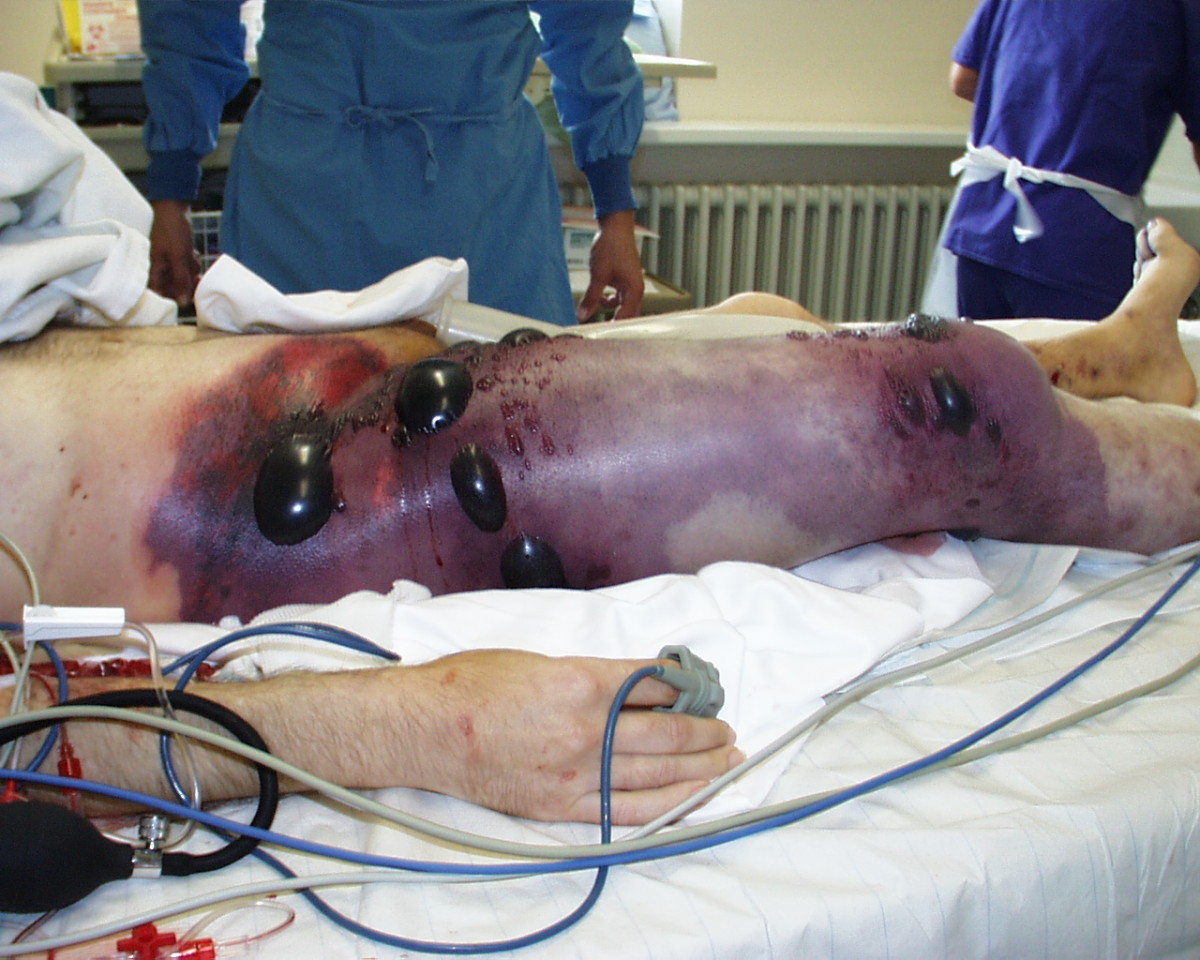
- When vascular supply is compromised = low oxygen environment = anaerobic bacterial conditions
- Can lead to food poisoning resulting in diarrhea
- Diagnosis
- Gas on imaging
- Treatment
- Cleaning and debridement of the wound
- Wounds often have other anaerobes and gram-positive bacteria, requiring broad antibiotics
Corynebacterium diphtheria
- Cause of diphtheria
- Presentation
- Sore throat with fever
- The pharynx has a white layer on top as shown below
- Complications
- Myocarditis
- Nephropathy and neuropathy
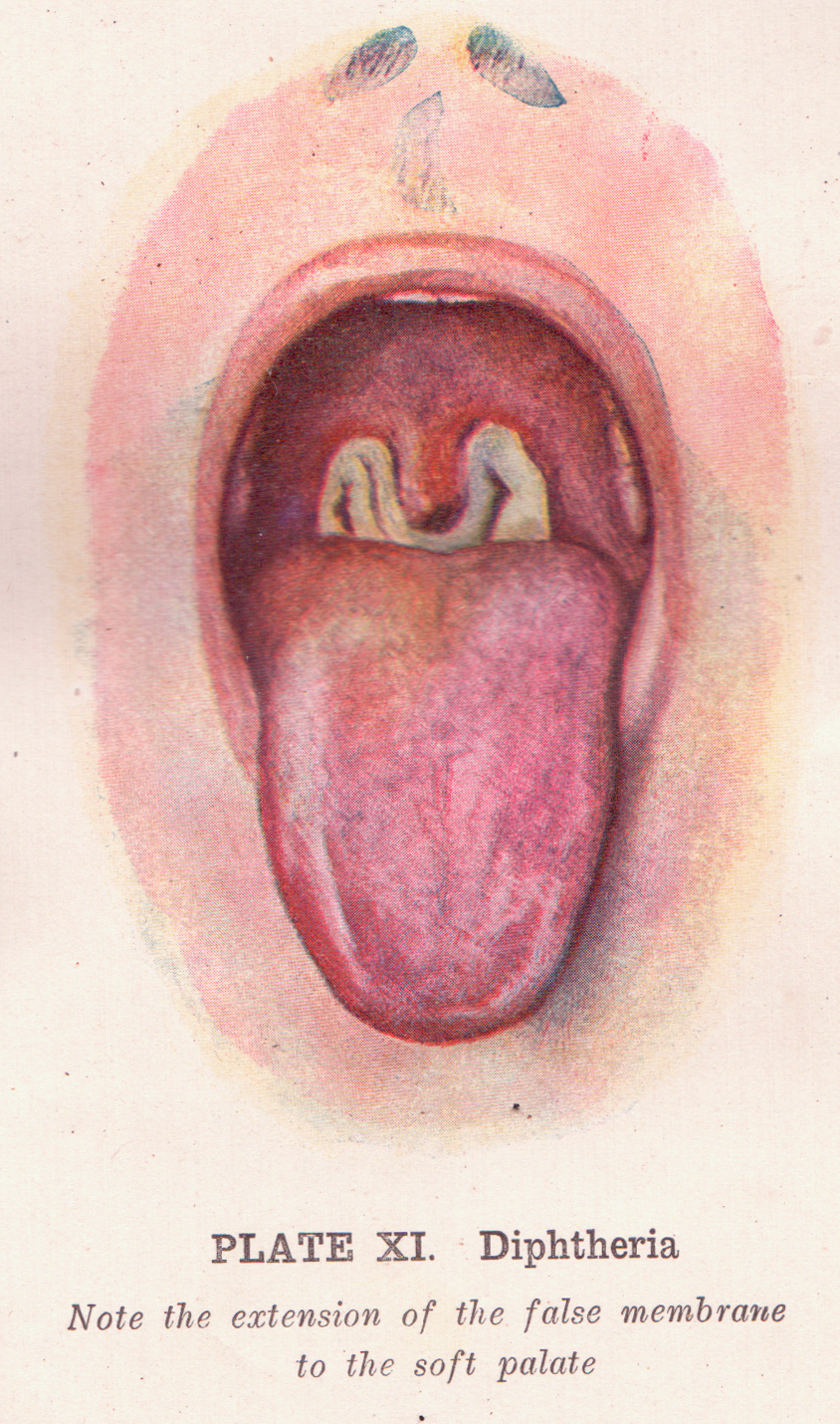
- Treatment
- Penicillin
- Vaccines for prevention
- Diphtheria antitoxin and toxoid types
Listeria
- Found in the soil
- Moves between cells
- Can hijack the cellular actin filaments for movement
- Presentation
- Common in newborns (vaginal transmission), HIV patients
- Infection through undercooked foods
- Gastroenteritis
- Diarrhea and vomiting
- Meningitis
- Infection during pregnancy
- Fever and chills
- Known as granulomatosis infantiseptica
- Can affect the baby's liver, spleen lungs, and brain
- Most babies do not survive this
Bacillus
- Bacillus anthracis
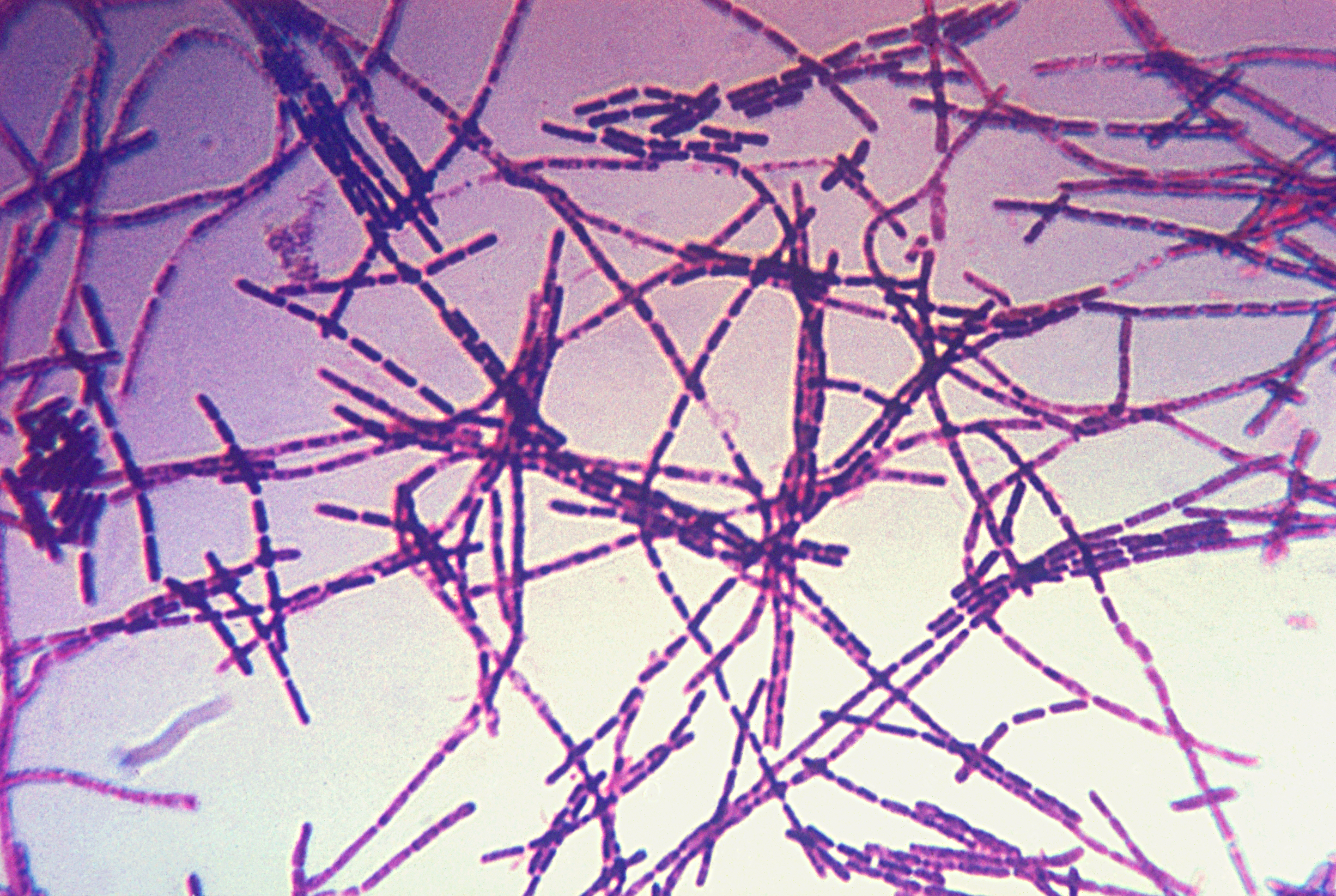
- Eradicated by vaccinations in humans
- Infects farm animals
- Uses a polypeptide capsule (as opposed to a polysaccharide capsule for most other bacteria)
- Presentation
- Skin infection
- Through cuts
- Painless black ulcer formation with surrounding edema
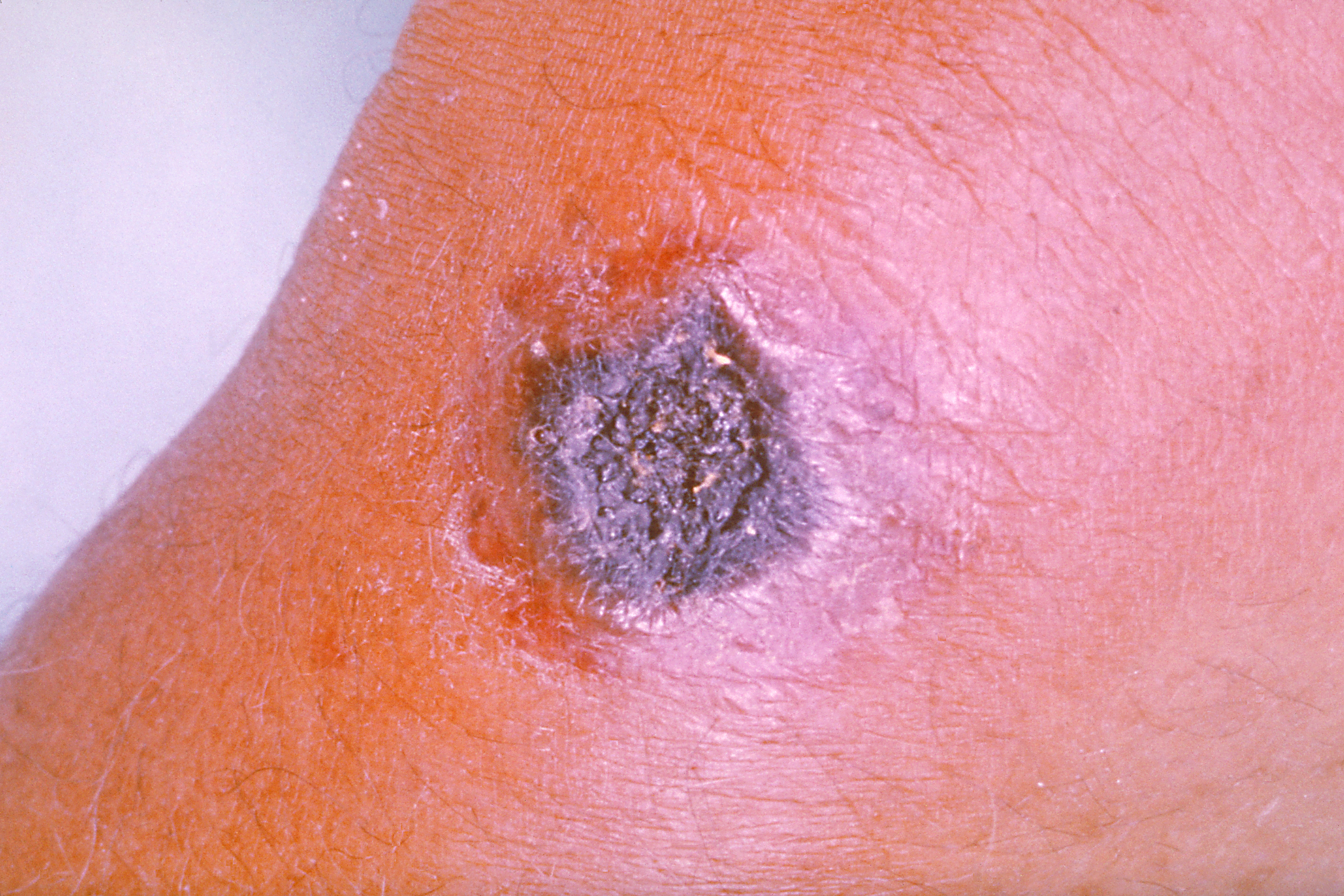
- Pulmonary disease
- Flu-like symptoms worsening quickly and leading to pulmonary hemorrhage
- Skin infection
- Treatment
- Ciprofloxacin
- Doxycycline
- Clindamycin
- Bacillus cereus
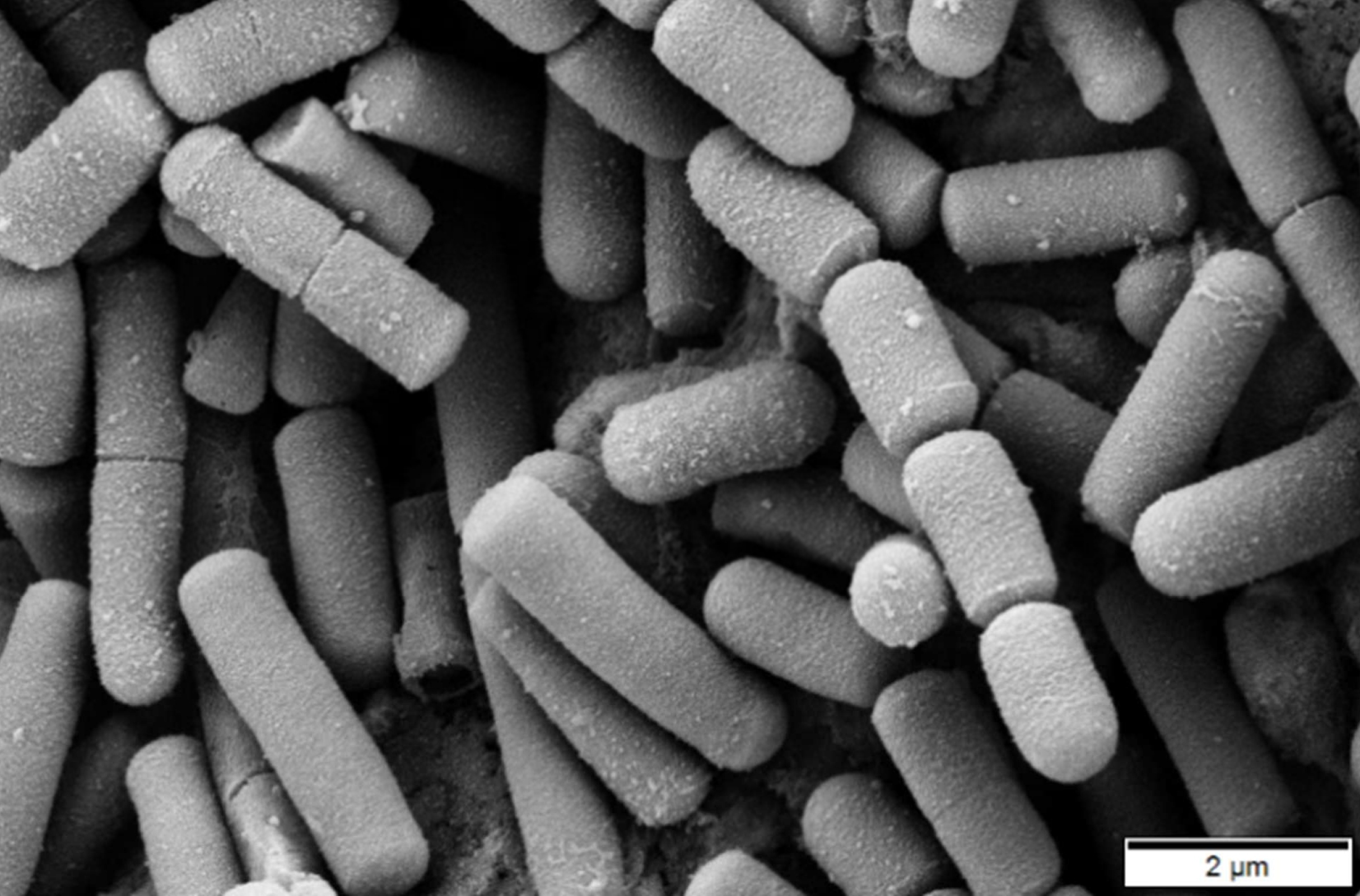
- Causes food poisoning
- Classically in reheated rice or undercooked foods
- Can cause vomiting or diarrhea
Actinomyces
- Part of the healthy oral and vaginal flora

- Filamentous bacteria
- Anaerobe
- Presentation
- Can lead to abscesses in the head and neck
- Yellow center
- Treatment
- Penicillin
- Surgical drainage
Nocardia
- Found in the soil
- Filamentous
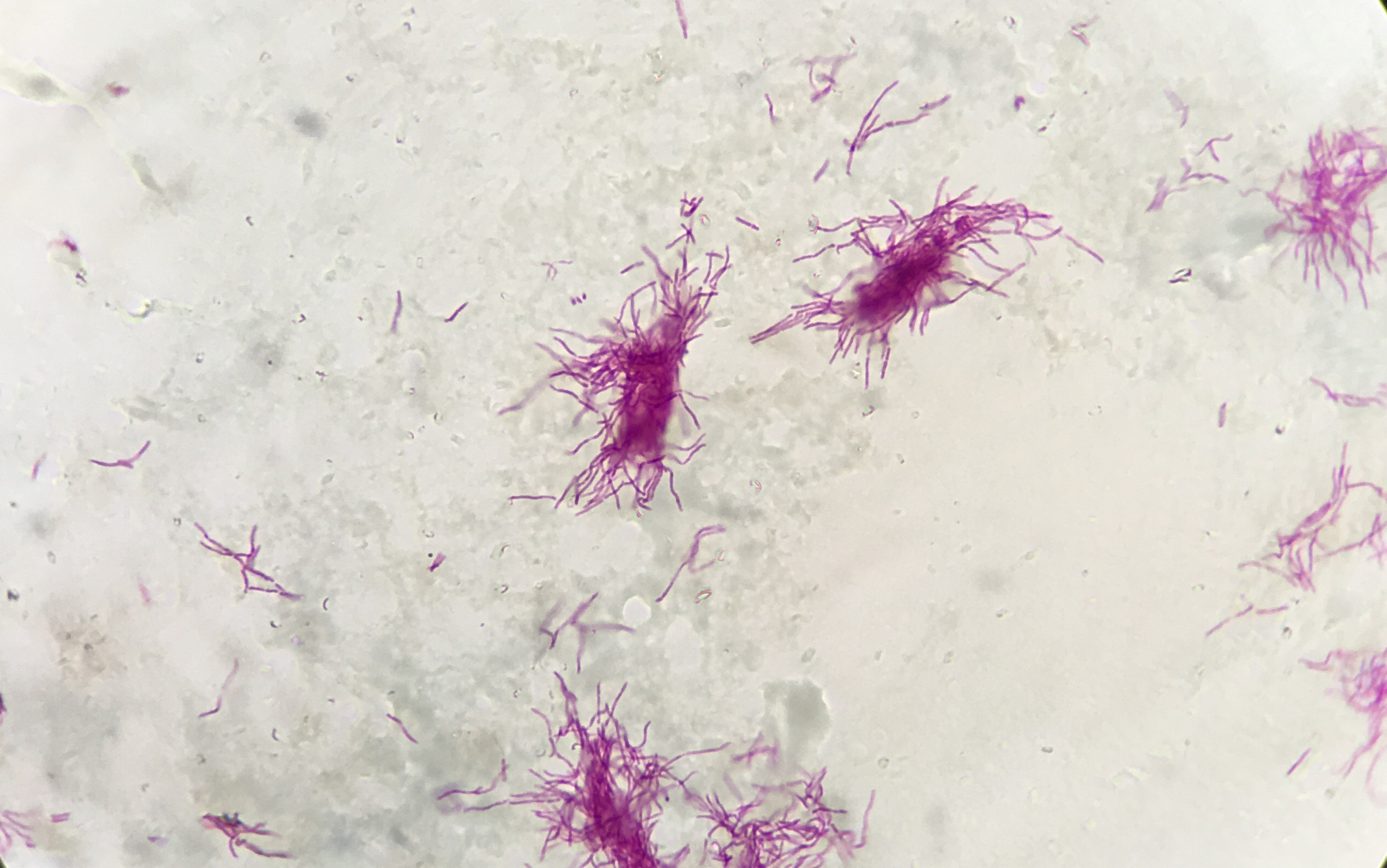
- Obligate aerobe
- Presentation
- Pneumonia in the immunocompromised patients after inhalation of the bacteria
- Skin infection in immunocompetent people - cellulitis, abscesses
- Bacteremia
- Diagnosis
- Bacteria normally produces urease which can be used for diagnosis
- Treatment
- Bactrim = TMP-SMX used for antibiotic treatment
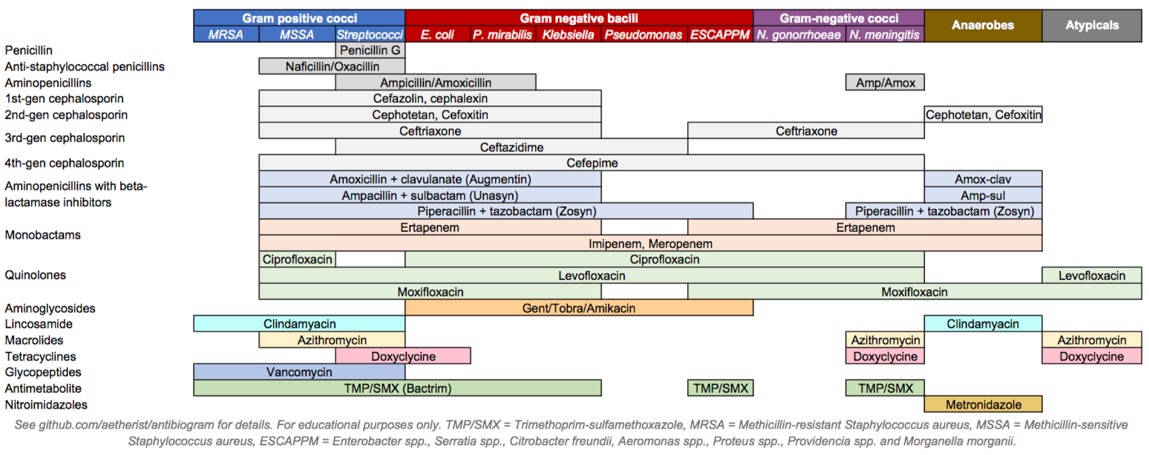
Diagram 2. Various antibiotics and their coverage as discussed above
All information provided on this website is for educational purposes and does not constitute any medical advice. Please speak to you doctor before changing your diet, activity or medications.
